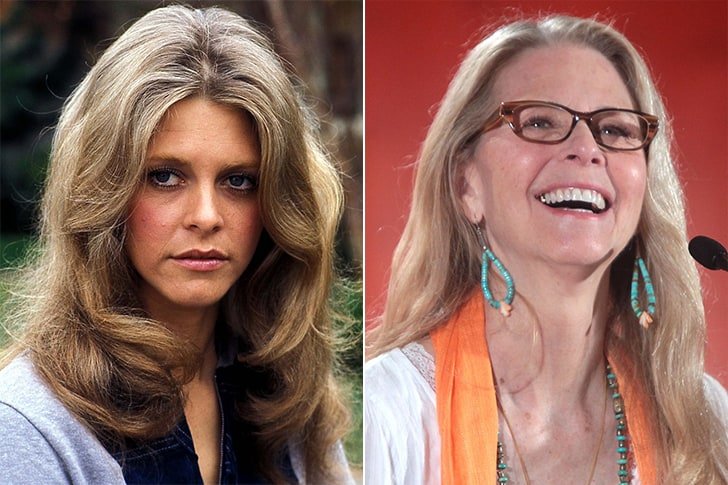The 1970s were a strange and wonderful time for television, with inventive shows popping up left and right throughout the decade. Major network shows like The Six Million Dollar Man, Happy Days, M*A*S*H, All in the Family, and Donny & Marie created big stars. And while these episodic shows often wrapped up their complicated plotlines in tidy 22-minute chunks, things weren't always so easy when the cameras were off. From dead bodies to teddy bears, from mental health issues to bouts in alcohol rehab facilities, here's our list of the most shocking secrets behind some of your favorite '70s TV shows.
The Six Million Dollar Man's Opening Sequence Uses Footage From A Real Plane Crash
'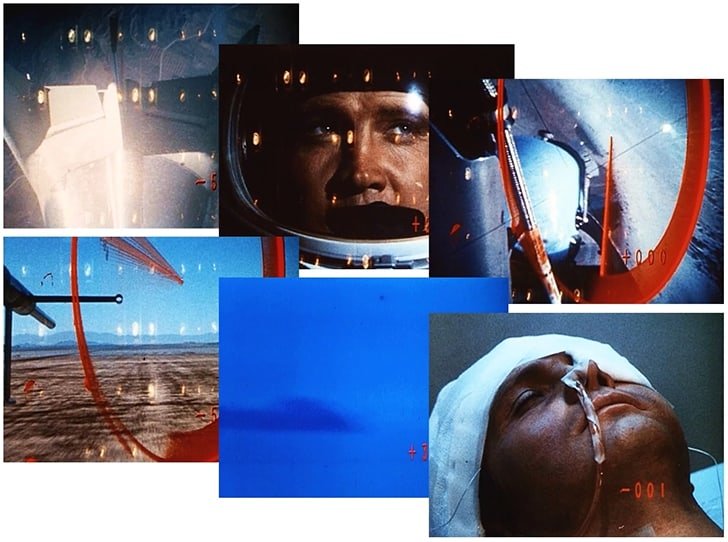
The Six Million Dollar Man was a breakthrough science fiction series that aired on ABC in the 1970s. The show told the story of Steve Austin, an astronaut whose body is re-engineered after a near-fatal crash. But few viewers knew that the series' opening sequence, which depicts Austin's supposed crash, is actually real footage of a catastrophic plane crash. The victim, pilot Bruce Peterson, may not have had the option of hiring a personal injury lawyer to go up against NASA, but at least the organization gave him an Exceptional Leadership Award in 1981.
Star Lee Majors Was Swindled Out Of The Show's Profits
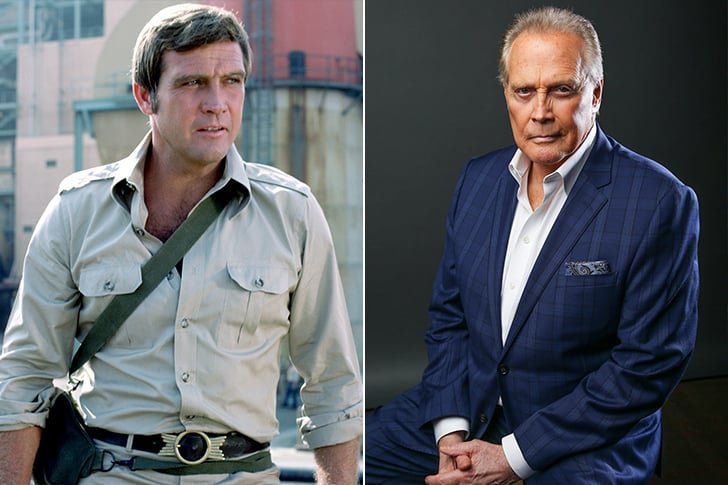
The Six Million Dollar Man was a big hit for ABC. Its high ratings introduced science fiction to a mainstream audience and made star Lee Majors a household name. But despite portraying the bodybuilding cyborg Steve Austin for 5 seasons, Majors apparently wasn't as valuable as the smaller, plastic versions of himself. Although Steve Austin action figures were wildly popular with kids during the show's run, Majors was cut out of the royalties from Six Million Dollar Man's merchandising and didn't see a penny from the toys' sale.
Richard Anderson Was Pulling The Strings
Actor Richard Anderson played Steve Austin's boss on The Six-Million Dollar Man and its spin-off The Bionic Woman. Although not the main focus of the show, Anderson's character Oscar Goldman became a fan favorite in his own right, inspiring action figures of his very own. Surprisingly, Anderson didn't just play a boss on TV; he was one in real life, serving as an executive producer on the show's two subsequent television movies. Anderson also sought to capitalize on the franchise by working on a feature film, although its production never came to fruition. Thanks to regular fitness and a healthy diet, Anderson was something of a bionic man himself, living to a healthy 91.
Lindsay Wagner Was Getting Intimate With A Stuntman
Lindsay Wagner first appeared on The Six Million Dollar Man, playing an old flame of Austin's. Her character Jamie Sommers suffers a devastating injury after a parachuting accident that prompts Austin to have her fitted with the same bionic technology that sustains him. Sommers was popular enough to merit her own show, The Bionic Woman, which ran for three seasons. In that time, Wagner spent so much time on set that she kindled a romance with Henry Kingi, one of the action show's many stunt actors, marrying him in 1981 and having two children. Unfortunately, Wagner and Kingi split in 1984, in the third of what would be four trips to divorce law firms for Wagner.
Lee Majors Did Some Of His Own Dangerous Stunts
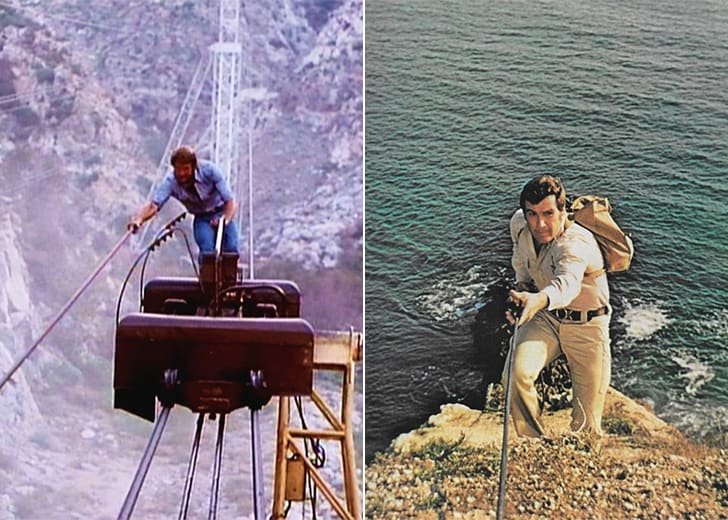
Actor Lee Majors portrayed Steve Austin, the titular hero of The Six Million Dollar Man. The show involved a good number of action sequences and called for an experienced stunt double to execute them. During the filming of one episode, though, stuntman Vince Deadrick was unavailable and Majors was thought to have the requisite level of fitness to fill in. With some hesitation, Majors executed the stunt, which involved walking across narrow cables some 250 feet above the ground. We're guessing that in today's legal climate, ABC would be swarmed with accident lawyers if they allowed their stars to take such risks!
The Crew Discovered A Corpse On Set
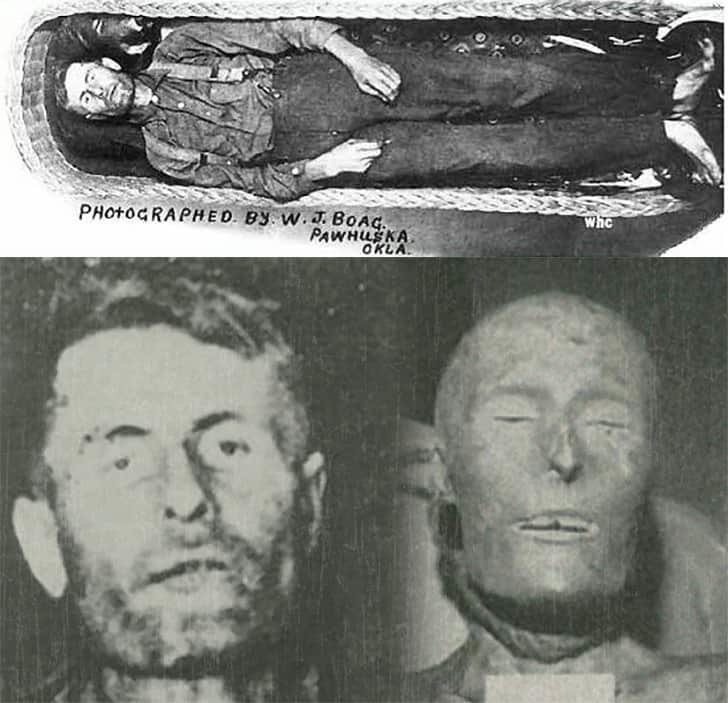
The crew of The Six Million Dollar Man had a macabre experience when filming the Season 4 episode "Carnival of Spies." One scene had Steve Austin racing through a funhouse full of skeletons and other ghoulish props in California's Pike Amusement Park. While moving a fake mummy out of the way, a production assistant accidentally broke off its arm, only to find out that the "prop" was an actual corpse. The body belonged to one Elmer McCurdy, a man who had been executed for committing a train robbery in 1911; his corpse had been stolen from his own funeral by a carnival worker. We just hope that the show's production company had an insurance policy to cover that poor assistant's mental health...
The Controversial All In The Family Was Based On Producer Norman Lear's Own Family
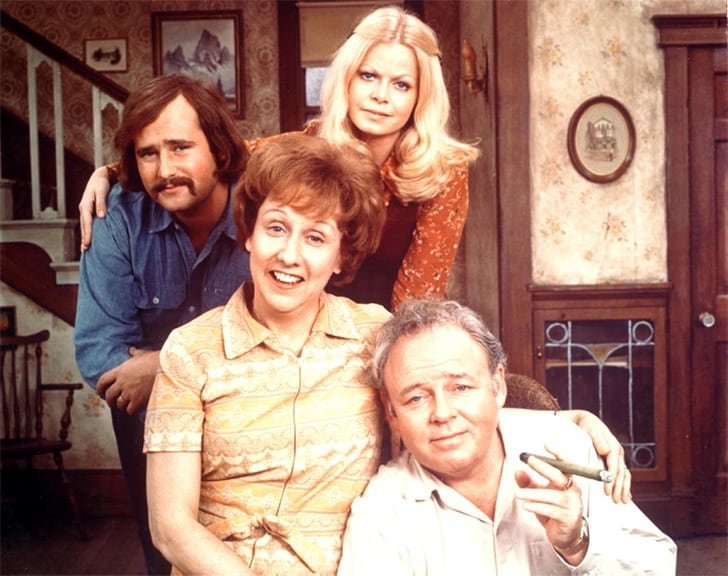
All In The Family premiered on CBS in 1971 and provoked controversy from the very start. The story of a working-class Queens clan presided over by the ignorant Archie Bunker, the show was inspired by producer Norman Lear's relationship with his own father. The elder Lear was apparently given to spouting his racist opinions and often verbally abused his wife, telling her to "stifle it." These character traits often popped up in the series, in episodes that dealt with racism, politics, weight loss, infidelity and alcohol and drug rehab.
CBS Tried To Censor The Show

All In The Family's dicey subject matter made CBS network executives nervous; after all, other contemporary sitcoms had been canceled for far less. In order to avert public outrage, producer Norman Lear was told to avoid using the words "queer" and "fairy" to refer to gay people. Lear must have had a great criminal defense attorney on retainer, though, as he appears to have ignored the network's advice in the Season 1 episode "Judging Books By Their Covers." The episode featured Archie finding out that a good friend of his is gay.
Star Carroll O'Connor Would Have Hated Archie Bunker
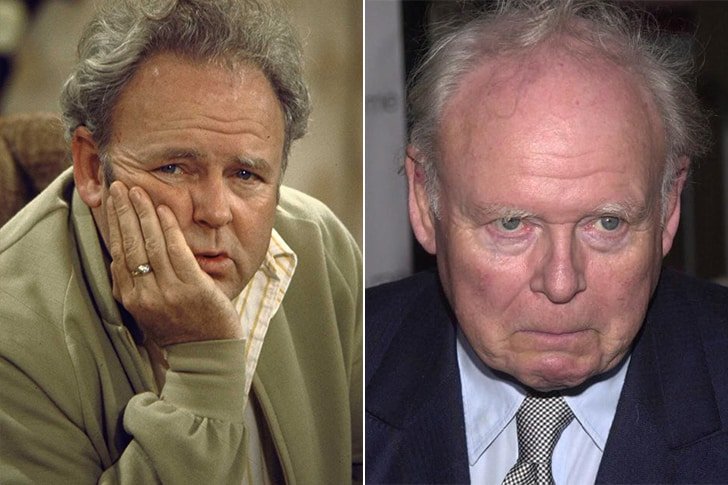
Archie Bunker was the focal point of All in the Family and Carol O'Connor, the actor who played him, became just as famous. Even though Archie was famously loud-mouthed and rough around the edges, fans of the show may not have known that his real-life counterpart was a more enlightened individual. O'Connor grew up in a well-off Manhattan family with two brothers who went on to attend medical school; he received a prestigious education himself, graduating from University College Dublin. Carol championed liberal politics throughout his life and made frequent public service announcements about the importance of drug abuse rehab centers. O'Connor died in 2001 from diabetes complications.
Jean Stapleton Wouldn't Have Given Edith Bunker The Time Of Day
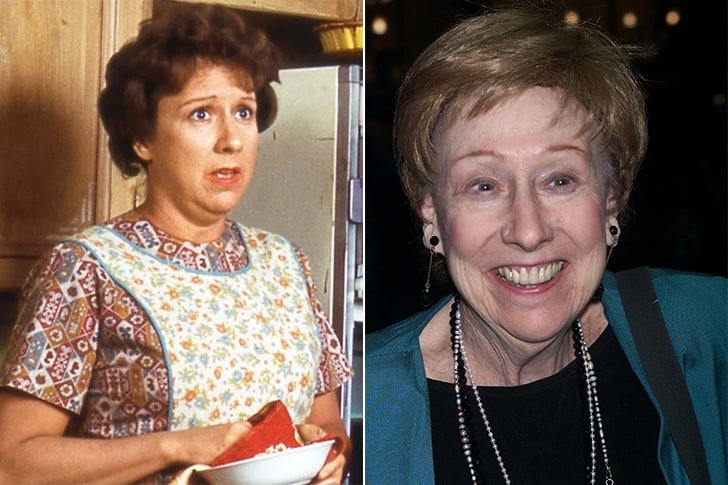
Jean Stapleton memorably portrayed Archie Bunker's patient wife Edith. A ditzy, distracted woman, Edith put up with Archie's frequent outbursts and tolerated behavior that would have had many women seeking out divorce law firms. Few viewers knew, though, that despite Edith's lovable, clueless nature, actress Stapleton was personally opposed to a lot of the attitudes espoused by Archie Bunker. Stapleton was a Christian Scientist in real life and supported progressive and feminist causes until her death in 2013.
Stapleton Came To Resent Her Role

Although Jean Stapleton had a long and well-rounded acting career, her most famous character haunted her for years. Stapleton spoke about being approached by strangers in public who would ask her to use of Edith Bunker's catchphrases in the character's high-pitched, nasal voice. In an interview on the talk show Donny & Marie, Stapleton was even asked by Donny and Marie Osmond to do an Edith impression. During the interview, as in most cases, she refused, politely saying that Edith was only a character. Despite her distaste for being associated with Edith Bunker, though, the role seems to have provided some insurance for an acting career that lasted well into Jean Stapleton's seventies.
M*A*S*H Lasted Longer Than the War It Portrayed
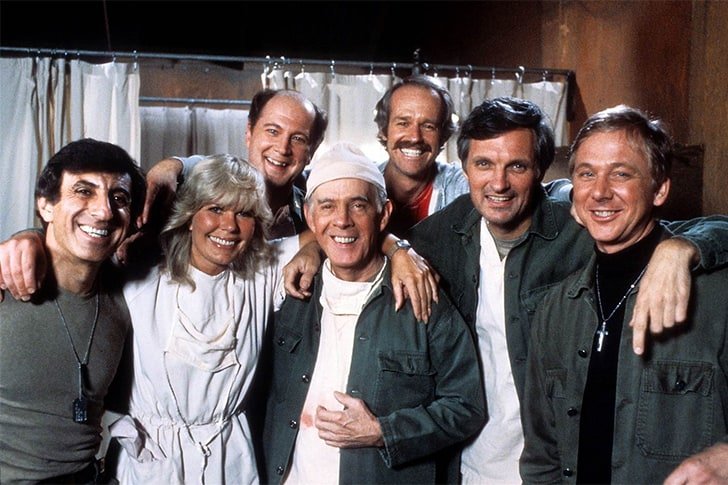
The Korean War officially lasted from 1950 to 1953, but M*A*S*H took a whole 11 years to tell the interlocking stories of its many doctors and medical assistants. The TV show M*A*S*H (which stands for Mobile Army Surgical Hospital) was based on a 1968 novel and a 1970 film of the same name, each of which condensed their narratives to cover a relatively short span of time. The show, which had a consistent audience demand, following high ratings in Season 2, is considered to cover the war from start to finish.
Alan Alda Gave Costars The Silent Treatment
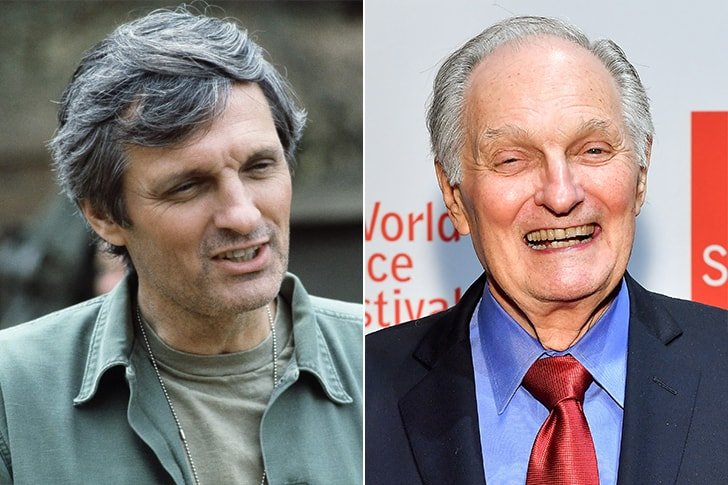
New Jersey native Alan Alda didn't even bother moving to Los Angeles when M*A*S*H began filming, as he wasn't even sure it would last. As a result, the actor traveled between the set and his home for the show's 11-year run. Despite being committed to his craft, though, Alda provoked the irritation of some of his co-workers, particularly director Jackie Cooper. Cooper wrote in his memoir that Alda was "concealing a lot of hostility beneath the surface." Luckily, Alan Alda doesn't seem to have gotten into any physical fights with his co-stars or other violent incidents that would have required him to hire a personal injury lawyer.
Loretta Swit Turned Her Character Around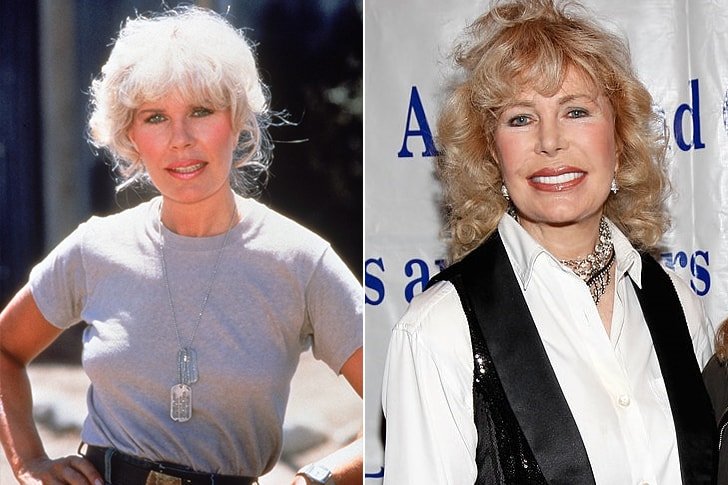
One of M*A*S*H's most popular characters was medical assistant Margaret "Hotlips" Houlihan, played by Loretta Swit. As her nickname "Hotlips" implied, Houlihan was originally written as a flirty role, particularly in the franchise's 1970 film. Swit claims to have had a hand in transforming her into a more thoughtful, capable character. In 2017 interviewer, she told a Fox News interviewer that it was her idea to have Houlihan take her medical career more seriously and to show more compassion to her fellow nurses, starting around Season 3.
The Show's Final Scene Was A Surprise Even For The Actors
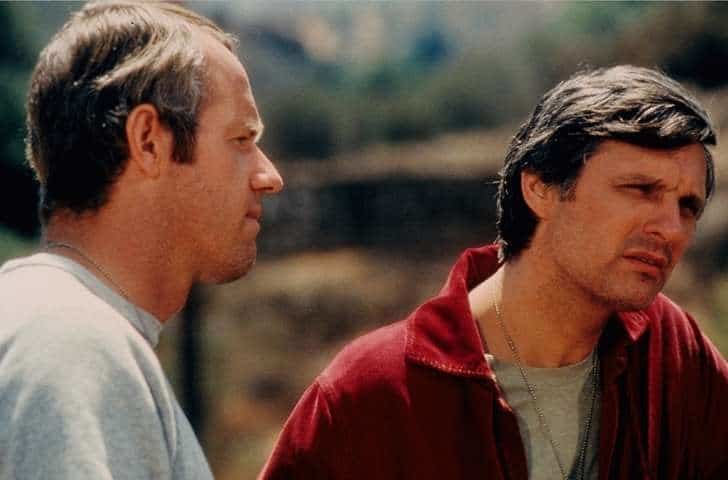
Running for 11 years and just as many seasons, M*A*S*H was one of the most popular shows of the '70s. The show depicted the life, times and sometimes questionable mental health of a group of military doctors serving in the Korean War. Although M*A*S*H maintained a comedic tone for most of its run, its final episode (SPOILERS ahead!) took a dark turn. In the finale, it is revealed that the character Henry Blake, who left the show in Season 3, had been shot down and killed during his discharge back to the states. Shockingly, the producers kept this plot twist from several actors until the last minute in an effort to make the scene as genuine as possible.
Radar’s Teddy Bear Resurfaced After 30 Years
Gary Burghoff played Radar O'Reilly on the show, a small town farm boy who happens to have excellent hearing. Having joined the army shortly after graduating high school, Radar has several immature tendencies, including an affinity for grape soda and a shy demeanor around women. One of Radar's most iconic hallmarks, though, was a teddy bear that he slept with every night. After the show's conclusion, the actual prop teddy bear used in filming disappeared - until it was purchased at an auction by a medical school student! The student gave the bear to Burghoff, who has since resold it.
Happy Days Helped Ron Howard Dodge The Draft
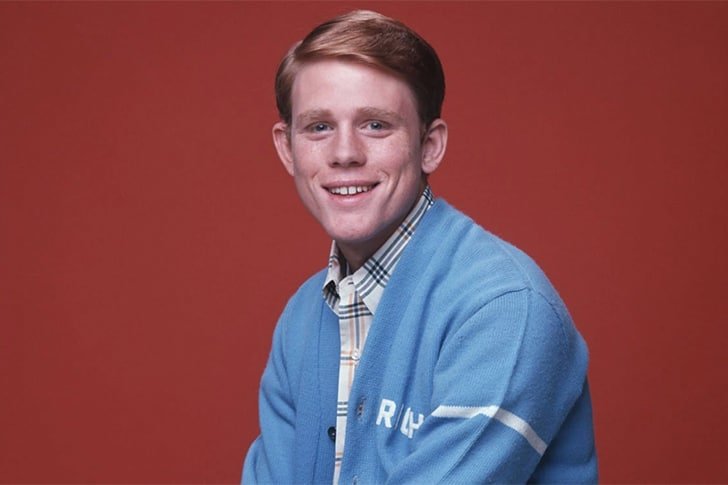
Happy Days was a retrospective sitcom that gave baby boomers a chance to relive the innocence of the '50s amid the chaos of the '70s. Ironically, the show's star Ron Howard was trying to escape from the '70s himself. The sitcom, which first aired in 1974, revolved around Milwaukee native Richie Cunningham and his family. Former child star Ron Howard was chosen to play Richie, but the redheaded actor was initially reluctant. Eventually, Howard decided to join the cast in order to avoid being drafted into the Vietnam War. Luckily, his plan worked, allowing Howard to dodge the draft without having to hire a felony lawyer.
Howard's Departure Left The Show In Tatters
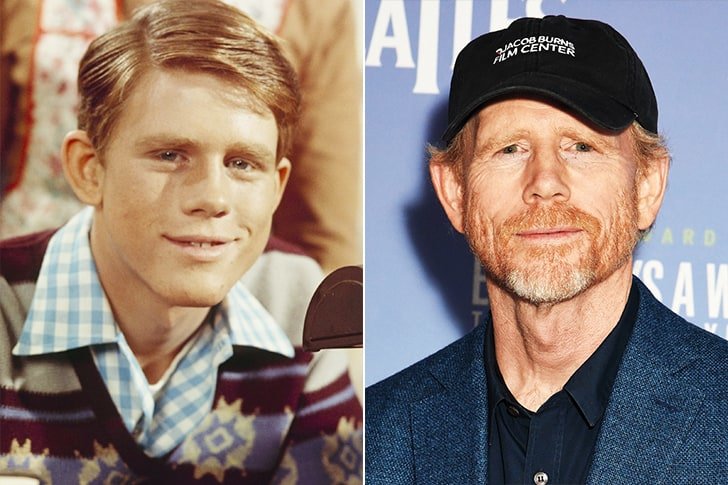
Ron Howard became famous at the tender age of 6, playing young Opie Taylor on The Andy Griffith Show. His nostalgic association with the innocence of that show may have led him to be cast in Happy Days as "boy next door" protagonist Richie Cunningham. And while Howard's presence was a big part of the series' success, he left in 1980, just before Season 8, to pursue a career in directing. After Ron's departure, the show more or less fell apart and began to decline in ratings. Ron Howard has done alright for himself, though, having directed acclaimed films like Cocoon, about a retirement community and A Beautiful Mind, about a brilliant professor struggling with mental health issues.
Henry Winkler Wasn't The First Choice For The Fonz
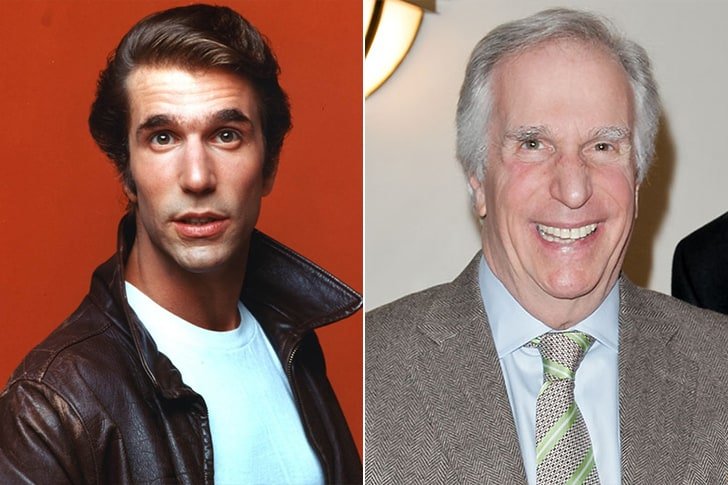
Henry Winkler gave an iconic series of performances as bad boy Arthur "Fonzie" Fonzarelli, an Italian-American who moves in with the Cunningham family. And although the Fonz seems unthinkable without Winkler, the character was almost portrayed by someone else; producer Garry Marshall reportedly wanted to cast teen idol Mickey Dolenz of The Monkees in the role but found that the six-foot Dolenz would have towered over his costars. In addition to his acting prowess, Winkler got the role thanks to his five-foot-six stature. His popular association with Fonzie seems to have given Winkler a good deal of career insurance, as he continues to make appearances on shows like Parks & Recreation.
He Couldn't Even Read His Scripts
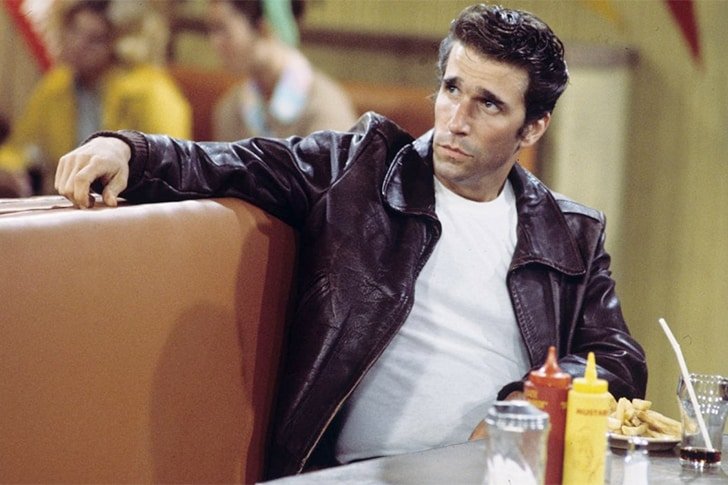
You don't need to earn a psychology degree online to realize that calling your child a "dumb dog" can be mentally damaging. Nevertheless, that was actor Henry Winkler's experience when his parents failed to address his dyslexia. Winkler went on to struggle with the learning disability for much of his adult life, even during his Happy Days audition. While trying out for the part of Arthur "Fonz" Fonzarelli, Winkler improvised his six lines instead of reading them. The strategy worked, though, as Henry Winkler was cast and went on to become one of the show's most popular characters.
Young Joanie Cunningham Was Destroyed By Drugs & Alcohol
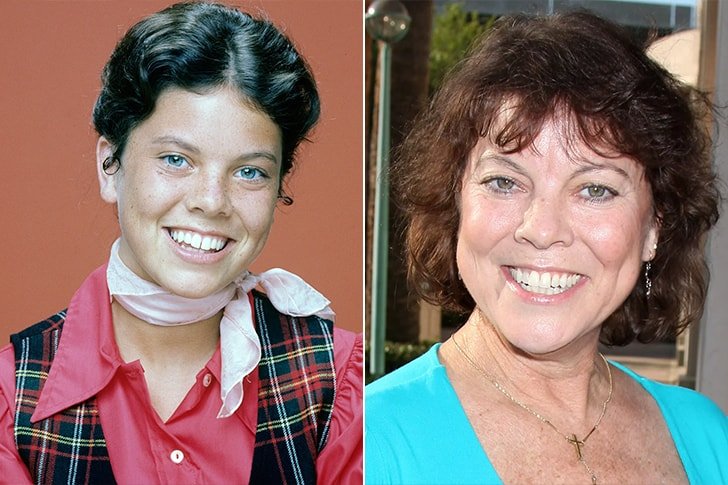
Erin Moran appeared on Happy Days as Richie's younger sister Joanie and later on her own spin-off, Joanie Loves Chachi. Moran was only 14 when she was cast on the show and while she got along with her castmates, the pressures of early fame may have taken a toll on the young actress. After the show went off the air in 1984, Moran's career took a downturn, possibly due to her drug use. Although Erin briefly reappeared on VH1's weight loss reality show Celebrity Fit Club in 2008, she tragically died from throat cancer in early 2017.
Garry Marshall Gave Robin Williams His Big Break

Robin Williams was just a struggling street performer when Happy Days was at its peak in 1978. During this period, the show's producer Gary Marshall began to include several outlandish plots to keep his audience engaged. One such storyline came at his son's suggestion and involved an alien named Mork. Although he had trouble casting the role, Marshall eventually came around to an unknown busker named Robin Williams. Williams went on to star in the Happy Days spin-off Mork and Mindy which was a minor hit, despite Williams' struggles with alcohol and drug rehab at the time.
Donny and Marie Were Almost Worked To Death, With 20-Hour Workdays
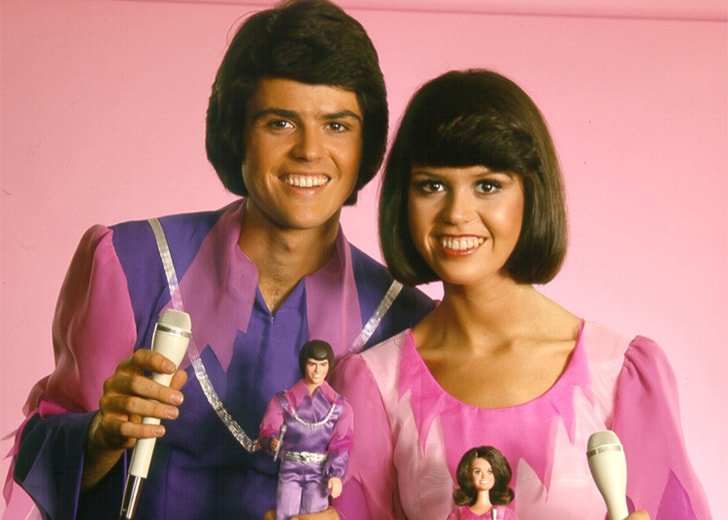
Marie and Donny were a huge hit with audiences when they were discovered. Behind the smiling facade of their variety show, though, there was a much darker reality. The Osmonds reportedly worked many 20-hour days, during which they were required to learn songs and dances, as well as scripts for the show's several comedy skits. Although the brother and sister team managed to hide their exhaustion from their fans, it certainly compounded their personal difficulties. It seems unlikely that a network would be able to put such demands on stars today without hearing from personal injury lawyers.
Donny Developed A Fear of Crowds... And Audiences
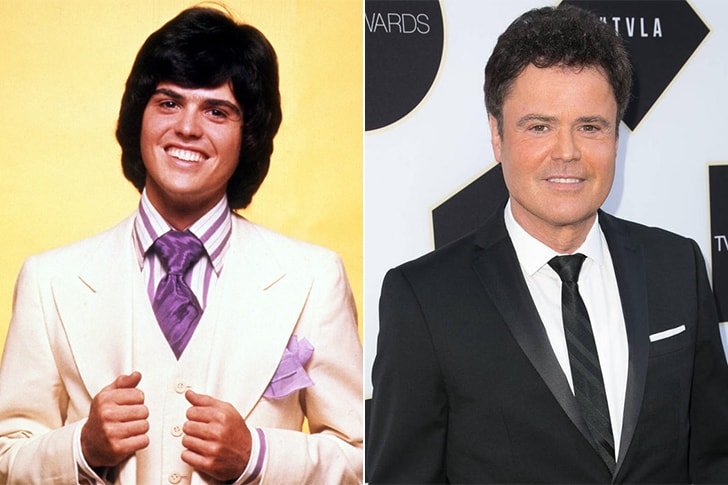
Utah-born Donny Osmond became famous as a teen in the early '70s thanks to his innocent voice and boyish charm. He rocketed to even further fame in 1976 when he and his younger sister Marie were given their own variety show on ABC. Despite his cheerful demeanor, though, Donny frequently struggled with his mental health, developing a crippling social anxiety disorder while touring in a production of Joseph and the Amazing Technicolor Dreamcoat. Osmond is doing better these days, with an active recording career and occasional appearances on shows like Dancing With The Stars.
Marie's Adulthood Was Plagued With Depression & Tragedy

Marie Osmond was only 4 years old when she first appeared on television, singing with her older brothers on an episode of The Andy Williams Show. She found even further success at 17 when she and brother Donny were given their own variety show. And although she had a squeaky-clean image (she was raised as a Mormon, and continues to practice the faith), Marie suffered great turbulence and mental health issues in her private life. She has described her struggles with postpartum depression, as well as the trauma of her son's suicide in 2010 after failed treatment at various drug abuse rehab centers.
She Developed An Eating Disorder As A Teen
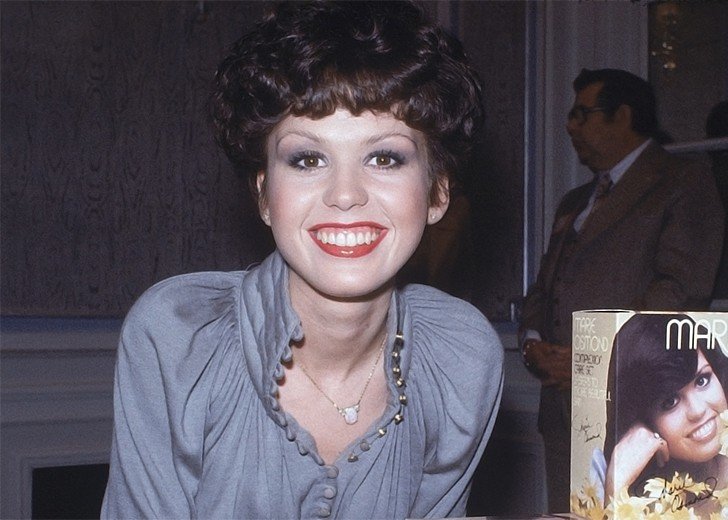
The Osmonds' fame and success came with a high price. Although Marie was only 15 when she hosted her own variety show in 1976, her age didn't stop producers from offering dangerous and irresponsible criticisms about her weight. In a recent interview, Osmond recalled a producer telling her that despite weighing only 103 pounds, she was "obese, disgusting and a disgrace to my family." The weight loss pressure led Marie to develop an eating disorder that left her at just 97 pounds.
She Was Horribly Abused As A Child
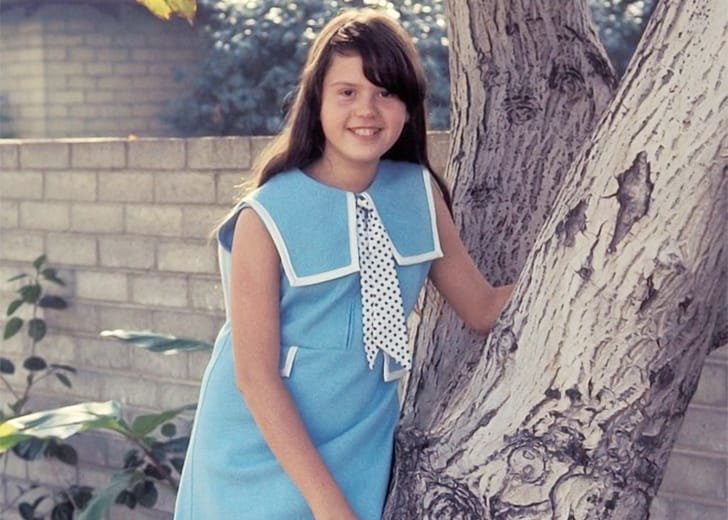
Marie Osmond's nightmares didn't end with her weight, though. The star has revealed in her memoir Behind the Smile that she was the victim of horrific child abuse that ranged from simple invasion of her privacy to actual abuse. Marie has refused to reveal the identity of her abuser but has dispelled any conjecture that it might, in fact, have been her brother, Donny. Unfortunately, her years of mistreatment led Osmond to struggle with her mental health, manifested in eating disorders and episodes of depression.


